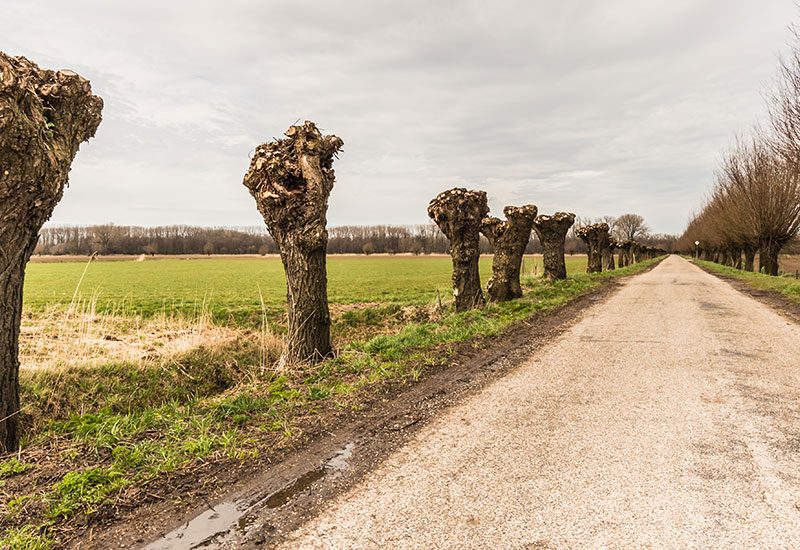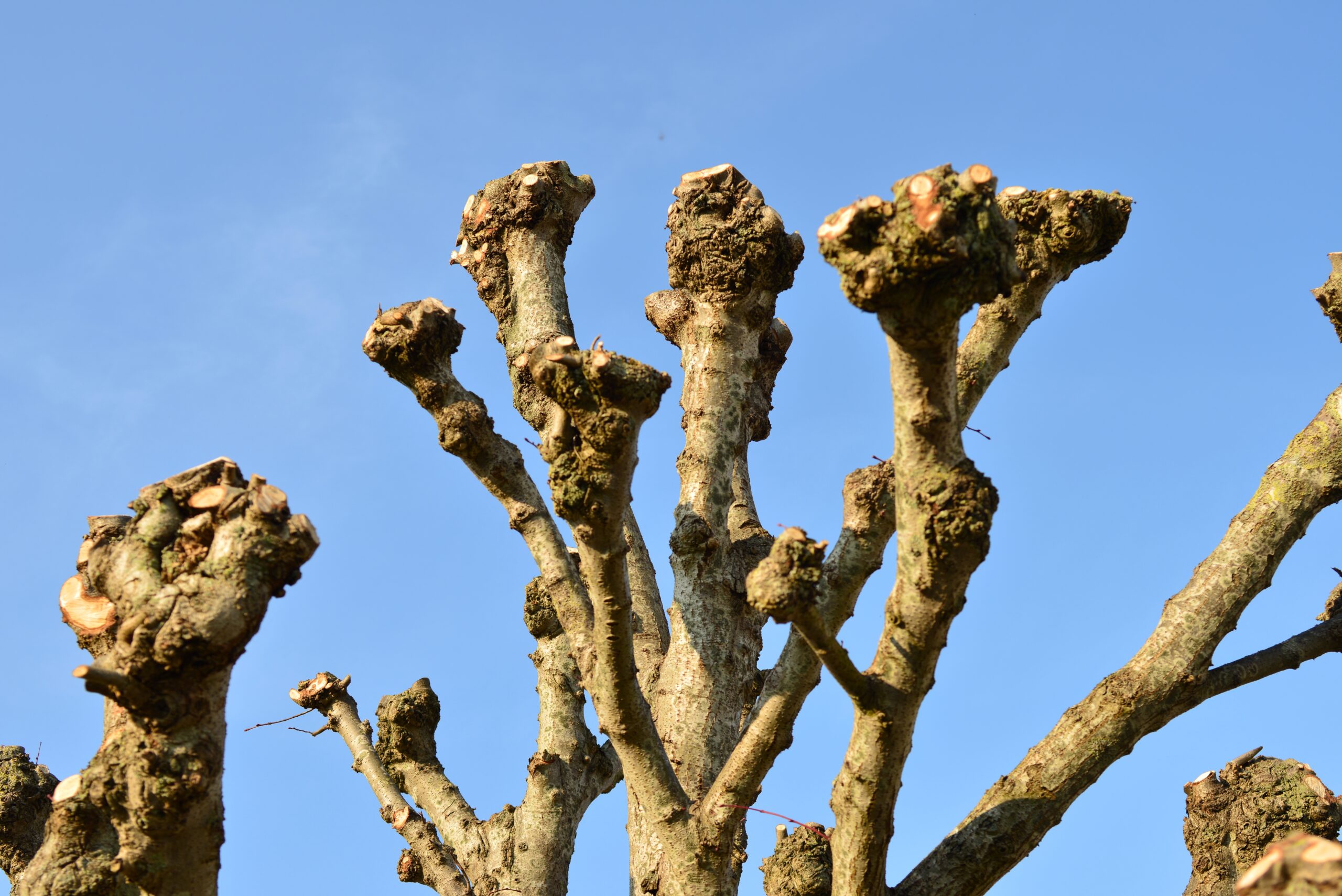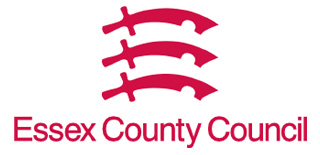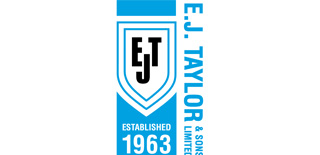POLLARDING
Professional Pollarding Services
Established 25 years ago, we at Roman River are leading tree surgeons with extensive experience in all areas of tree surgery including professional pollarding. In addition to pollarding, we offer a broad range of tree surgery services including crown reduction, crown thinning, formative pruning, tree stump removal grinding, coppicing, tree felling and more. Make us your first choice for tree surgery services and enjoy solutions that are underpinned by competitive pricing and a truly expert approach. Please don’t hesitate to get in touch with us today to see how we can help!

What is pollarding?
Pollarding is a process that has been used since medieval times to rejuvenate trees and encourage new growth, to prevent trees from outgrowing their local environment, to reduce the amount of shade a tree casts and, in urban areas, to prevent damage that overgrown trees may cause to public structures such as overhead cables. Pollarding keeps trees and shrubs smaller than they would naturally grow by removing the top of a tree at a specific height, this also encourages multi-stem branching by promoting the growth of a dense head of foliage and branches.
Our most asked questions?
Is Pollarding good for trees?
Based on our experience and knowledge, we can confidently say that pollarding is good for trees for many reasons…
1. Pollarding improves and promotes the healthy growth of trees.
2. Pollarding encourages the growth of abundant flowers and fruits.
3. Pollarding removes any dead or diseased branches that are using the tree’s resources.
4. Pollarding allows you to identify if disease is present and act quickly.
5. Pollarded trees are beneficial for transplantation which allows the trees to bear fruit.

Why choose us for your pollarding?
Over 25 years of experience
We have over 25 years of experience in private and public sector work, from tree felling to pollarding and more
Free No-obligation Quotes
We offer free no-obligation quotes on all of our tree services and deliver competitive prices.
Industry Best Practice
We deliver industry best practices in accordance with British Standards and current Health and Safety legislation.
What other tree surgery services do you offer?
Pollarding
Pollarding keeps trees and shrubs smaller than they would naturally grow by removing the top of a tree at a specific height, this also encourages multi-stem branching.
Tree stump grinding
We can remove problematic tree stumps by grinding down the main stump to below ground level and removing any extensive root systems with specialist equipment.
Tree crown work
The purpose of tree crown work is to maintain the form and structural integrity of the tree by reducing its height or spread by pruning back the leaders and branch terminals.
Coppicing
Coppicing is a proven traditional woodland management method that focuses on stimulating new tree growth by repeatedly cutting it back to near ground level.
Avant hire
We also now offer our Avant 640 and 755i for hire with timber grab, tree shear attachment, log grapple, and materials bucket.
How often do you pollard a tree?
This depends entirely on the species and the cycle that is required dependant on your reasons for pollarding. Every 3-5 years would be the standard cycle but can be left for longerWhat's the difference between coppicing and pollarding?
Although coppicing and pollarding work towards the same goal, primarily to encourage new growth in the spring, their processes differ. Coppicing involves cutting young tree stems down to a foot or less from ground level to encourage new shoots to form, whereas pollarding is used to encourage lateral branch growth and to control the height of a tree or shrub.
What is the difference between pollarding and topping?
Although the terms are used interchangeably, pollarding and topping are not the same. Topping is a process completed out of expediency, whereas pollarding considers the design and health of the trees and shrubs.
Get in touch with us today!
If you’re looking for quality, reliable and professional pollarding services then please don’t hesitate to contact us today!
Contact Us
So if you are looking for tree pollarding in Essex, Suffolk or throughout the surrounding areas then please do not hesitate to contact us. Our friendly team will be more than happy to assist you with any concerns or queries that you may have.
If you have any questions or if you would like us to quote, please fill out our contact form opposite or get in touch via telephone or email.
Roman River Trees LTD
3 Hall Cottages, Witham Road,
Little Braxted,
CM8 3EU
m: 07738 057415
t: 01206 625772







